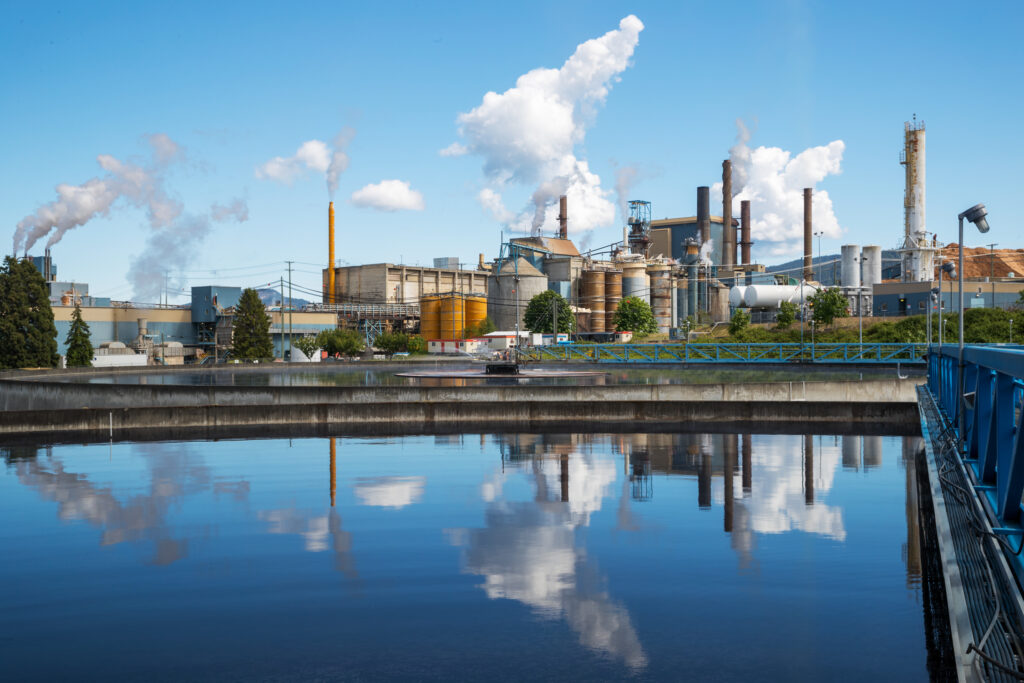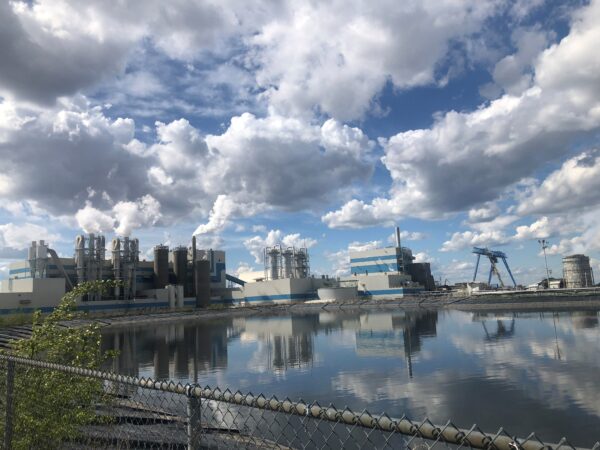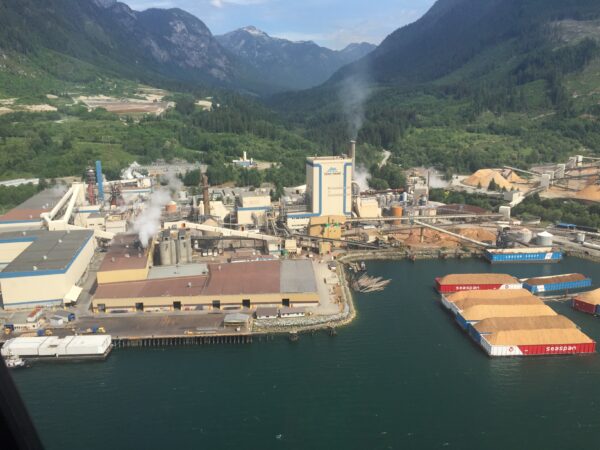
Features
Operations & Management
Paper
Pulp
Tales of transition: Paper Excellence’s story
May 2, 2023 By Sukanya Ray Ghosh
 Paper Excellence's Crofton mill (Photo: Paper Excellence)
Paper Excellence's Crofton mill (Photo: Paper Excellence) A major contributor to the Canadian economy, the pulp and paper industry has endured through years of drastic changes in the market. It was a leading global producer of newsprint paper once upon a time, as well as a major pulp producer. With the evolving times, Canadian mills have embraced the needs of the hour. Today, the focus is on pulp and paper alternatives to plastics, packaging products for the highly demanding e-commerce industry and adoption of sustainable practices.
In this special anniversary feature, five stakeholders of the Canadian pulp and paper industry share how they have evolved and their vision for the future.
This is Paper Excellence’s story.

Skookumchuck mill
Established in Canada in 2006, Paper Excellence expanded its operations through acquisitions from a single mill to a group producing 2.5 million tonnes of paper and pulp. The group recently acquired Domtar and is on the path to complete its acquisition of Resolute Forest Products. Despite the many challenges plaguing the industry as a whole, including Paper Excellence, the company announced a $50 million investment to restart operations at its Crofton mill.
Davis Chiu, director of innovation at Paper Excellence Canada, shares that the mill is converting one of the paper machines to make new products that can replace plastics. Chiu explains that this is one of the many trends in the industry that the company is embracing to move ahead. However, the difficulty in trying to replace plastics right now is that most of the solutions made from pulp fibres are usually more expensive and probably don’t have the same performance as their plastic counterparts. Another trend, Chiu says, is the focus on carbon emissions. He shares that the Canadian pulp and paper industry started its carbon reduction journey way before it was “cool” to do so.

Meadow Lake Mill in 2020
“At Paper Excellence, we’re roughly at 80 percent renewable energy usage. The remaining 20 percent is still fossil fuels. So, we’re looking at opportunities to reduce that last 20 percent,” he says.
Over the years, eucalyptus pulp producers have established their prominence in the global markets. Canadian NBSK pulp still remains in high demand, however, especially where the reinforcing fibre is required, according to Chiu.
In the near future, Paper Excellence is looking to expand on digitalization and automation at its mills.
“We currently have the computational power to start leveraging all of the data that we’re collecting, and start developing things like model predictive control and using that to optimize how we operate,” says Chiu.
As an example, Paper Excellence is planning to deploy a digital twin in one of its mills.

Howe Sound mill
“We can use this digital twin to test out various events, process control philosophies and to see what the overall impact could be on our facility. This gives us a roadmap to see what we can do from a control standpoint and understand what the relative impact is on the thermal efficiency of the facility,” Chiu explains.
Chiu foresees the industry as a whole and Paper Excellence, in particular, working harder on being more sustainable. While the technology is not there yet to convert all processes in mills, Paper Excellence continues to look for innovative ways to progress further on its sustainability goals.
Print this page